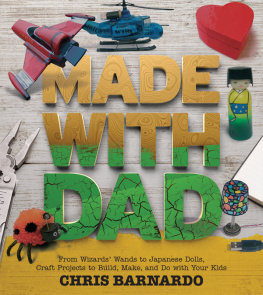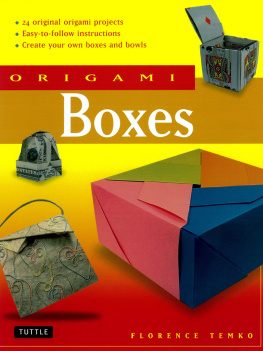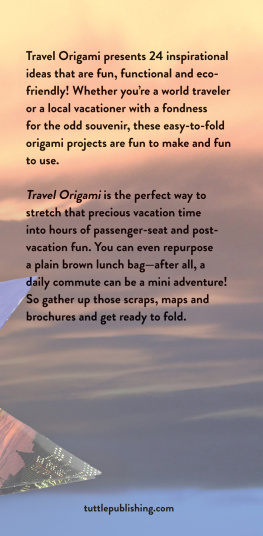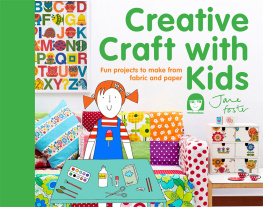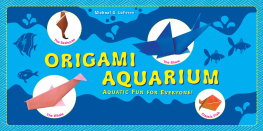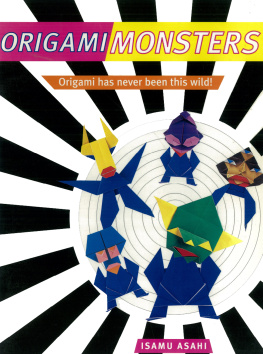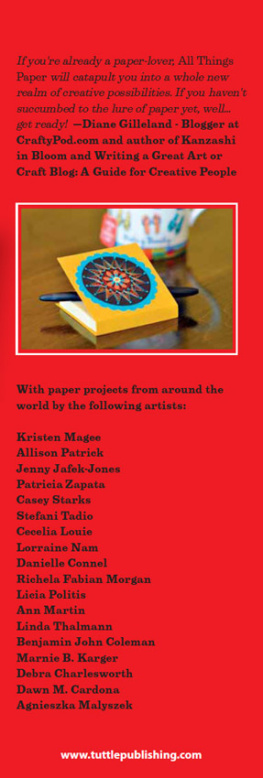Copyright 2015 by Chris Barnardo
All rights reserved. No part of this book may be reproduced in any manner without the express written consent of the publisher, except in the case of brief excerpts in critical reviews or articles. All inquiries should be addressed to Skyhorse Publishing, 307 West 36th Street, 11th Floor, New York, NY 10018.
Skyhorse Publishing books may be purchased in bulk at special discounts for sales promotion, corporate gifts, fund-raising, or educational purposes. Special editions can also be created to specifications. For details, contact the Special Sales Department, Skyhorse Publishing, 307 West 36th Street, 11th Floor, New York, NY 10018 or .
Skyhorse and Skyhorse Publishing are registered trademarks of Skyhorse Publishing, Inc., a Delaware corporation.
Visit our website at www.skyhorsepublishing.com .
10 9 8 7 6 5 4 3 2 1
Library of Congress Cataloging-in-Publication Data is available on file.
Cover design by Rain Saukus
Print ISBN: 978-1-63220-722-7
Ebook ISBN: 978-1-63220-841-5
Printed in China
To India, James, William, and Albie
with all my love, Dad xxx
contents

bottle-cap beetle
For printable designs and templates to enhance your madewithdad projects, visit our dedicated website at:
www.madewithdad.com
Introduction
In 2005, I started writing a blog called dadcando aimed at helping dads get the most out of the time they spend with their children. The idea was to lend dads a hand on a practical level by sharing some of my experiences, and to be a positive celebration of a fathers role in his childs life while providing a creative resource for both dads and their children. It was a call to dads to celebrate their abilities and help them realize how important the things they do are in turning their children into happy and successful adults. Research has shown that a fathers role, and specifically the quality and sensitivity of play between a father and his children, is the most important factor in determining a growing childs ability to form and maintain normal relationships and feel secure in themselves(). So, because of the importance of play, I built my blog around a core of original creative craft projects that I knew would engage children while tapping into a fathers inner child. Made with Dad builds on the success of dadcando . Made with Dad s goal of enriching the relationship between father and child is relevant to any busy dad who feels that he would like to get more out of the precious moments he spends with his children. Made with Dad revolves around an adventure into the creative mind of the child and awakens the child in the heart of every dad.
For the dad and his child, Made with Dad s craft and model-making projects provide a focus for time spent together, and the finished item sticks around as a constant reminder of good times spent together with a toy that will give hours of entertainment. Made with Dad projects enable a dad to spend quality time with his kids, and by keeping his eyes and ears open, he gets to fundamentally understand how his children think and feel in a way that cant be beat.
Making things together goes much further than the immediate satisfaction of the finished model. The lessons that are learned by solving all the problems that building something from scratch translates extremely well into everyday life.
Problem solving is an important life skill, and in my view, the key to happiness. Made with Dad teaches this in a very subtle way. Each craft project provides the perfect opportunity for practicing problem-solving skills in a safe environment, which will have a hugely beneficial effect on how projecteers perceive and then tackle the bigger challenges in their lives. The projects are designed to appeal to children and parents alike by developing both fathers and children's natural skills. The clear project plans dont diminish the need for creativity or problem solving on the part of the dad and child, because everyones starting materials are slightly different and many small issues must be creatively solved if the task is to be completed. The plans form an outline of the tried-and-true route for any given project from start to finish, making each one manageable and acting as a framework to give the novice builders confidence to tackle projects that they might otherwise never try.
Developing our creativity is important because it is the engine that powers our problem-solving ability. Creativity is not an innate gift that only a lucky few have; we are all born with it. Tapping back into our intrinsic creativity is a skill anyone can master.
Becoming creative is a two-step process. The first step is simply to start seeing the world differently from how you have learned to see it. Some may argue that creativity is actually seeing the world as it really is, not just how we think it is. Once you can see the world as it really is, you become able to see all the options available to you, and you can put them together in new and exciting waysthis is the second part of the creative process. This is why creativity is key to problem solving. Its what lets you break out of the trap of going over the same solution time and again, thinking that in doing so you might make it work even though you have failed that way one hundred times before.

Williams pompom
Its obvious, really, in order to find new solutions to old problems, you have to think new thoughts. Creative people call thinking new thoughts, thinking outside-the-box. The box is the imaginary container that constrains our thinking and makes sure we always go down the same well-trodden path. The box is what stops us thinking new thoughts and trying new ways of doing things. Its what causes us to make the same mistakes over and over again. Our parents helped us build our box during our upbringing, and as weve grown up, we have reinforced it to a bulletproof thickness with habits and surroundings that we dont see anymore. Its the ceiling that stops us from soaring. It is the box that we are building for our children that will surely turn them into us.

Thinking outside the box is not difficult, but you have to work at it, because the box has created an almost impenetrable barrier around our free thinking. Sometimes it is difficult to know where to start, and it is hard to know when we are actually thinking outside-the-box. My Bucket Thought Experiment illustrates the problem and its solution beautifully. Ask anyone to come up with as many uses for a bucket as they can. Tell them that youre aiming for twenty-five different ways of using a bucket. Typically, you will get answers like: something to carry water in, a coal bucket, an ice bucket, or a vase. At first glance, it looks like a good start, but all of these uses are the samea container. To think outside-the-box, you have to come up with different uses for the bucket. Some examples of different uses might be: a megaphone (knock the bottom out); a small stepladder; a hat; a sandcastle maker; a weapon; or an objet d'art.

